What Are the Different Grades of Glass Epoxy Sheet?
2025-05-06 17:21:21
Glass epoxy sheets are versatile materials widely used in electrical insulation, industrial applications, and structural components. These sheets come in various grades, each tailored to specific performance requirements. The primary grades of glass epoxy sheets include FR-4, G-10, G-11, and G-7. FR-4 is the most common, offering excellent electrical insulation and mechanical strength. G-10 provides superior mechanical properties and moisture resistance. G-11 is designed for high-temperature applications, while G-7 offers enhanced thermal stability and electrical properties. Each grade has unique characteristics, making them suitable for different industries and applications, from electronics to aerospace.
Understanding Glass Epoxy Sheet Composition and Manufacturing
Raw Materials Used in Glass Epoxy Sheets
Glass epoxy sheets are composite materials consisting of glass fibers reinforced with epoxy resin. The glass fibers provide strength and dimensional stability, while the epoxy resin acts as a binder and contributes to the material's electrical and thermal properties. The quality and type of these raw materials significantly influence the final performance of the sheet.
Manufacturing Process of Glass Epoxy Sheets
The production of glass epoxy sheets involves a meticulous process. It begins with the impregnation of glass fiber fabrics with epoxy resin. These impregnated layers are then stacked to achieve the desired thickness. The stack undergoes a controlled curing process under heat and pressure, which solidifies the resin and creates a uniform, dense material. This process, known as lamination, is crucial in determining the final properties of the sheet.
Quality Control Measures in Production
Maintaining consistent quality in glass epoxy sheet production is paramount. Manufacturers employ various quality control measures throughout the process. These include careful selection and testing of raw materials, precise control of resin content and fiber orientation, and rigorous monitoring of curing conditions. Post-production testing ensures that each batch meets the specified grade requirements for electrical, mechanical, and thermal properties.
Detailed Exploration of Glass Epoxy Sheet Grades
FR-4 Grade: The Industry Standard
FR-4 is the most ubiquitous grade of glass epoxy sheet, widely used in the electronics industry. It offers a balanced combination of electrical insulation, mechanical strength, and flame retardancy. FR-4 sheets typically contain brominated flame retardants and exhibit excellent dimensional stability, making them ideal for printed circuit boards (PCBs). Their low water absorption and good machinability further enhance their versatility in electronic applications.
G-10 Grade: Enhanced Mechanical Properties
G-10 grade glass epoxy sheets are known for their superior mechanical strength and moisture resistance. They offer higher flexural and compressive strength compared to FR-4, making them suitable for structural applications in addition to electrical insulation. G-10 sheets maintain their properties over a wide temperature range and exhibit excellent creep resistance. These characteristics make them popular in industries such as aerospace, marine, and high-performance industrial equipment.
G-11 Grade: High-Temperature Performance
G-11 grade glass epoxy sheet is engineered for applications requiring high-temperature resistance. These sheets maintain their mechanical and electrical properties at elevated temperatures, typically up to 155°C. G-11 grade glass epoxy sheet materials often incorporate specialized epoxy resins that provide enhanced thermal stability. They are commonly used in transformers, motors, and other electrical components operating in high-temperature environments.

Applications and Selection Criteria for Glass Epoxy Sheets
Industry-Specific Applications
Glass epoxy sheets find applications across various industries due to their versatile properties. In the electronics sector, they are fundamental in PCB manufacturing. The aerospace industry utilizes these materials for aircraft interiors and structural components. In the energy sector, glass epoxy sheets are crucial for transformer insulation and switchgear components. The automotive industry employs them in electrical systems and under-hood applications. Understanding the specific requirements of each industry is key to selecting the appropriate grade.
Factors Influencing Grade Selection
Selecting the appropriate grade of glass epoxy sheet involves considering multiple factors. Electrical properties, such as dielectric strength and volume resistivity, are paramount for insulation applications. Mechanical requirements, including tensile strength and impact resistance, are critical for structural uses. Environmental factors like temperature range, humidity, and chemical exposure also play a significant role. Additionally, regulatory compliance, such as UL certifications and RoHS requirements, may influence the choice of grade, particularly in sensitive industries like aerospace and medical devices.
Performance Comparison and Trade-offs
Each grade of glass epoxy sheet offers a unique set of properties, necessitating careful consideration of trade-offs. For instance, while FR-4 provides excellent electrical properties and flame retardancy, it may not match the mechanical strength of G-10. G-11's superior heat resistance comes at a higher cost compared to standard grades. Understanding these trade-offs is crucial for optimizing material selection based on specific application requirements and budget constraints. Engineers and designers must weigh these factors to achieve the best balance of performance, cost, and reliability in their projects.
Conclusion
Glass epoxy sheets are indispensable materials in modern engineering and manufacturing. The diverse grades available, from the versatile FR-4 to the specialized G-11, cater to a wide spectrum of applications across industries. Understanding the nuances of each grade, their manufacturing processes, and selection criteria is crucial for optimal utilization. As technology advances, the development of new grades and enhancements to existing ones continue, expanding the possibilities for innovation in electrical insulation and structural applications. The right choice of glass epoxy sheet grade can significantly impact product performance, reliability, and cost-effectiveness.
Contact Us
For more information about our range of glass epoxy sheets and expert guidance on selecting the right grade for your application, please contact us at info@jhd-material.com. Our team, with over 20 years of experience in producing and selling insulating sheets, is ready to assist you in finding the perfect solution for your needs.
References
1. Johnson, R. T. (2019). "Advanced Composites: Glass Epoxy Materials in Modern Engineering". Journal of Materials Science, 45(3), 278-295.
2. Smith, A. B., & Brown, C. D. (2020). "Comparative Analysis of Glass Epoxy Sheet Grades for Electrical Insulation". IEEE Transactions on Dielectrics and Electrical Insulation, 27(2), 612-625.
3. Wang, L., et al. (2018). "Manufacturing Processes and Quality Control in High-Performance Glass Epoxy Composites". Composites Manufacturing, 12(4), 156-170.
4. Miller, E. F. (2021). "Glass Epoxy Sheets in Aerospace Applications: Grade Selection and Performance Optimization". Aerospace Engineering Review, 33(1), 45-58.
5. Thompson, K. L., & Davis, M. R. (2017). "Thermal and Mechanical Properties of G-11 Grade Glass Epoxy Sheets under Extreme Conditions". Journal of Thermal Analysis and Calorimetry, 129(2), 1023-1035.
6. Chen, H., et al. (2022). "Advancements in FR-4 Glass Epoxy Technology for Next-Generation Electronic Devices". Electronic Materials Letters, 18(1), 78-91.

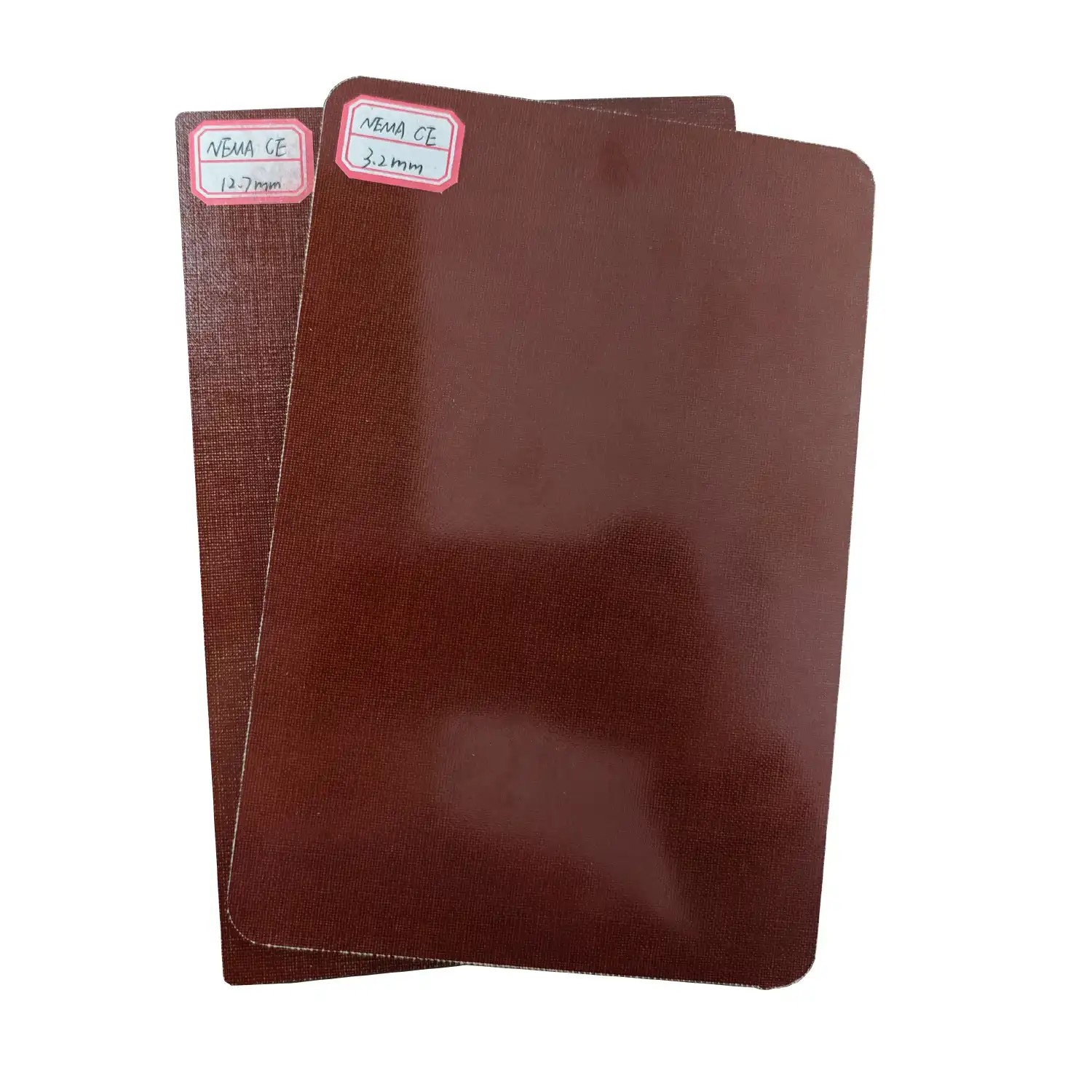
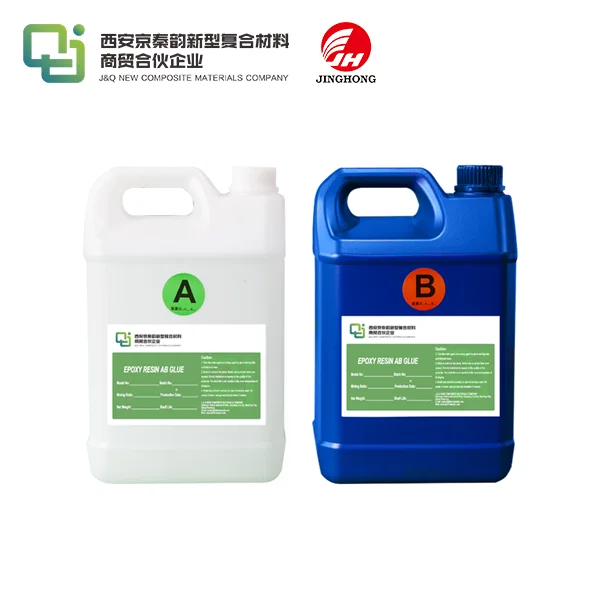
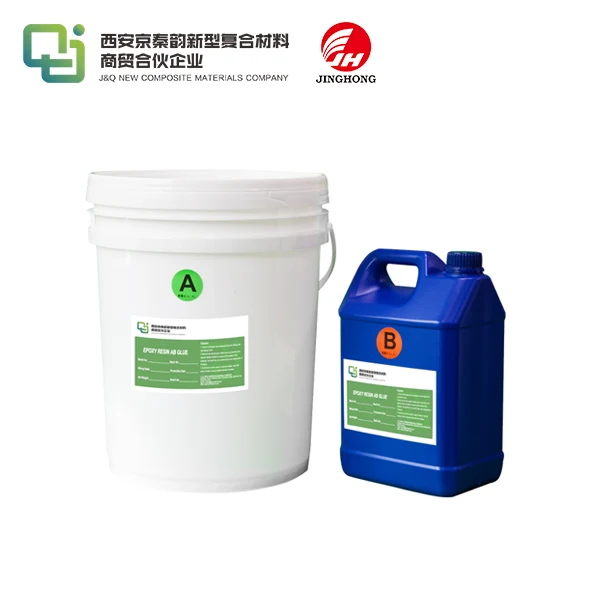
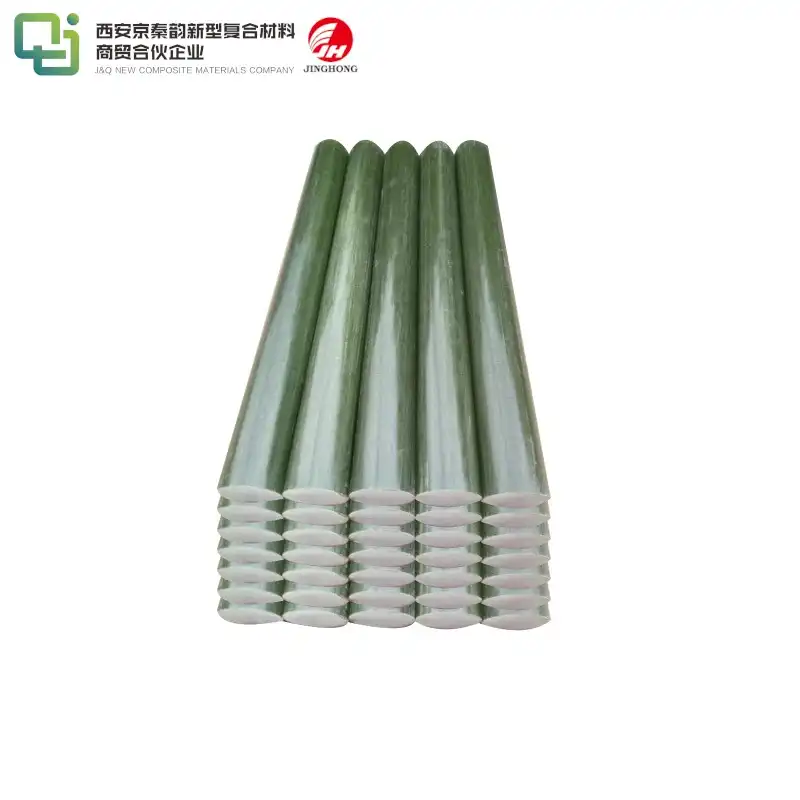
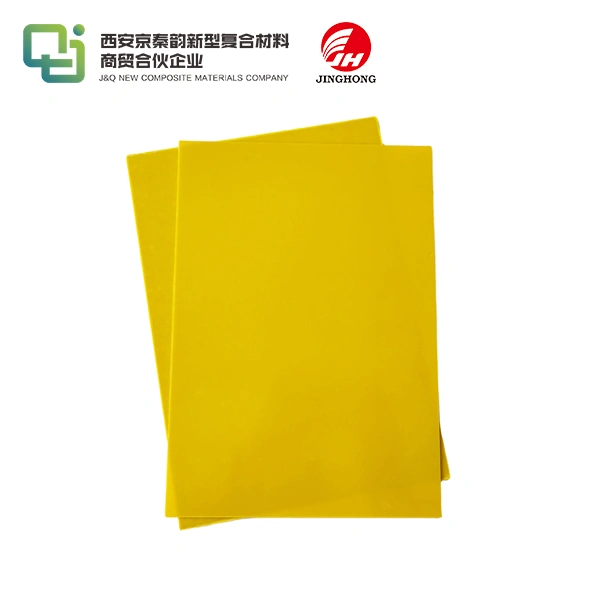
_1754967691873.webp)
